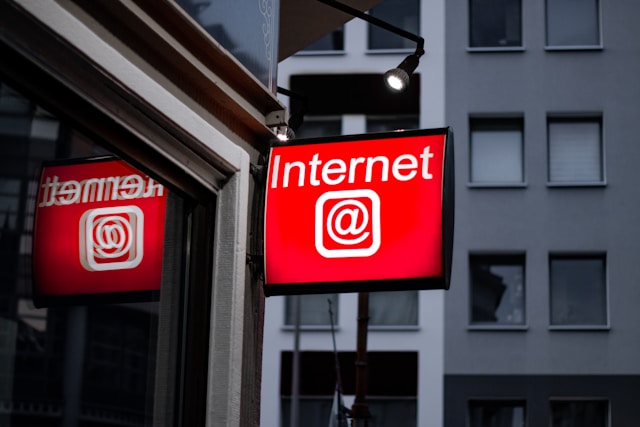- Change theme
Understanding IPv6 Proxy: The Future of Internet Connectivity

As the demand for internet connectivity grows, the exhaustion of IPv4 addresses has pushed the world toward adopting IPv6.
03:33 23 January 2025
Introduction to IPv6 Proxy
As the demand for internet connectivity grows, the exhaustion of IPv4 addresses has pushed the world toward adopting IPv6. To bridge this transition and improve network efficiency, IPv6 proxies play a significant role. But what exactly is an IPv6 proxy, and why is it essential for the future of networking?
What is an IPv6 Proxy?
An IPv6 proxy is an intermediary server that uses Internet Protocol version 6 (IPv6) addresses to route requests between clients and target servers. Unlike IPv4, which operates on a 32-bit address system, IPv6 utilizes a 128-bit system, allowing for an almost limitless number of unique IP addresses. This enhancement resolves the address exhaustion problem faced with IPv4 while offering better security and performance.
How Does an IPv6 Proxy Work?
An IPv6 proxy acts as a bridge, forwarding your internet requests using an IPv6 address. Here’s how it works:
- Client Request: A user sends a request to access a website or service.
- Proxy Server: The request is routed through the IPv6 proxy server, which assigns an IPv6 address to the user.
- Target Server: The request is forwarded to the target website or service using the IPv6 address, masking the client’s original IP.
- Response: The proxy server retrieves the requested data and sends it back to the user.
Benefits of Using IPv6 Proxies
- Unlimited IP Addresses: IPv6 offers a vast pool of unique IPs, reducing the chances of IP bans and increasing availability.
- Improved Performance: IPv6 networks offer better routing efficiency and lower latency compared to IPv4.
- Enhanced Security: Built-in features like IPsec in IPv6 provide better protection for data integrity and confidentiality.
- Scalability: IPv6 proxies are ideal for businesses and developers needing numerous IPs for web scraping, SEO analysis, or managing multiple accounts.
Use Cases of IPv6 Proxies
- Web Scraping: Businesses can gather large-scale data without being detected, thanks to the vast pool of IPv6 addresses.
- Bypassing Geolocation Restrictions: IPv6 proxies can help access region-restricted content.
- Ad Verification: Marketers can use IPv6 proxies to monitor ad placements and ensure accurate targeting.
- Gaming and Streaming: Improved connectivity and speed make IPv6 proxies ideal for uninterrupted gaming and streaming experiences.
Challenges in Adopting IPv6 Proxies
Despite their advantages, IPv6 proxies face a few challenges:
- Compatibility Issues: Not all websites and services fully support IPv6 yet.
- Cost: Setting up and managing IPv6 proxies can be more expensive than IPv4.
- Transition Period: The global shift from IPv4 to IPv6 is gradual, creating a mixed environment.
IPv6 Proxy vs. IPv4 Proxy
|
Feature |
IPv6 Proxy |
IPv4 Proxy |
|---|---|---|
|
Address Space |
Nearly unlimited |
Limited (4.3 billion addresses) |
|
Speed |
Faster and more efficient routing |
Comparatively slower |
|
Cost |
Can be higher |
Generally lower |
|
Geolocation Options |
Limited adoption in some regions |
Widely adopted globally |
Conclusion
IPv6 proxies are a vital component of the internet’s future, offering scalability, enhanced security, and superior performance. As the transition to IPv6 accelerates, adopting IPv6 proxies will become increasingly crucial for businesses and individuals looking to stay ahead in a rapidly evolving digital landscape.
By leveraging IPv6 proxies, users can enjoy the benefits of the next generation of internet connectivity while addressing the limitations of IPv4. Whether you're a business needing reliable proxies or an individual looking for secure browsing, IPv6 proxies pave the way for a seamless online experience.
